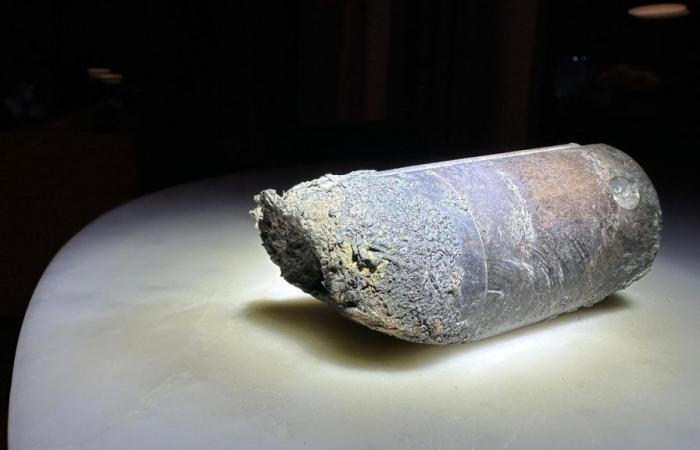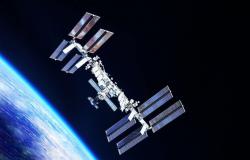The owner of a Florida home filed a formal claim with NASA for damage caused by a piece of space debris that hurtled through his roof in March of this year.
The case is unprecedented and there is no action protocol: no US citizen had previously made such a claim against the agency. NASA’s response will set a precedent. This is important, because there are more and more objects in orbit and also more and more parts of those objects entering the atmosphere without further control.
The owner of the Naples, Florida home, named Alejandro Otero, was away when the incident occurred. His 19-year-old son, Daniel, did, but he was not injured. NASA has confirmed that the nearly three-quarter kilo object was part of a battery pack discarded from the space station in 2021.
Mica Nguyen Worthy, the family’s legal representative, has asked NASA for compensation that local media estimate at more than $80,000. They have not launched a legal claim. “How NASA responds will, in my opinion, be critical to how future claims are handled. This is really changing the legal landscape,” Worthy told Condé Nast publication Ars Technica.
The sum, the lawyer argues, must compensate for uninsured material damage, business interruption, emotional and mental anguish, and assistance to third parties. Otero’s insurer has also filed a parallel claim.
NASA reveals details about Gateway, the successor to the International Space Station
Gateway is a research platform that will orbit the Moon. It will be a support point for the Artemis program.
No protocol for domestic space debris fallout
If space debris from another country were to impact a family in the United States, victims would be entitled to compensation under the Convention on International Liability for Damage Caused by Space Objects. Signed in 1972, this treaty states that the launching country is responsible for paying for damage caused by its space objects to citizens of other countries on Earth or in aircraft. The agreement, therefore, only provides for situations with people from foreign nations, but not with local citizens of each launching country.
In this case, however, the remains came from the International Space Station and were the responsibility of NASA itself. The agency had upgraded the station’s power system in 2020, replacing old batteries with new lithium-ion ones. During this update, an old battery pack was left without a controlled return trip to Earth due to delays, so NASA discarded them, believing they would burn up completely in the atmosphere.
Since the Space Liability Convention does not apply in this case, Worthy has filed his appeal based on the Federal Tort Claims Act. NASA has six months to respond.
NASA assured that it will investigate in detail the launch and reintroduction of the object to Earth to review its models. These are continually updated, each time it is discovered that an object that was thought could not survive friction and falling does so.
The European Space Agency (ESA) estimates that in total there are approximately 9,000 tons of space debris orbiting our planet, with Russia and the United States being the main responsible for this contamination. According to the same agency, According to the European Space Agency (ESA), it is estimated that there are more than 131 million space debris objects between 1 millimeter and 10 centimeters orbiting the Earth at an average speed of 36,000 kilometers per hour. . In addition to satellites, space debris includes spacecraft debris, broken artifact fragments, and other pieces left behind by space activities over the years. According to the National Autonomous University of Mexico (UNAM), there are currently around 13,000 satellites orbiting the Earth, of which only 8,000 are working. The rest are inactive satellites that have become space junk.






